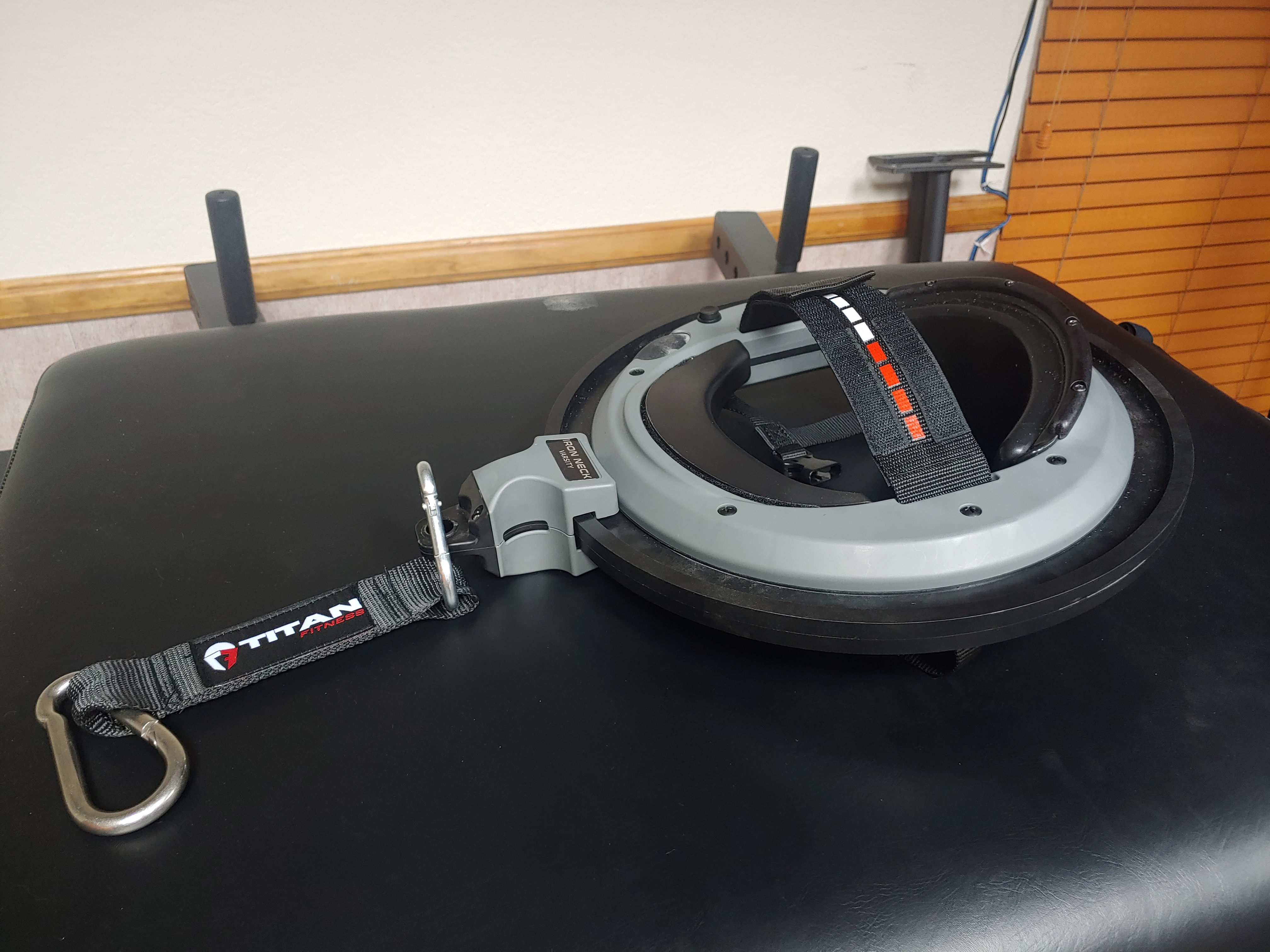100 ft. or 10 ft., there is so much truth in this. Great quote, @SMSgtRod .
And towards this end:
The canonical Tueller Drill ( https://en.wikipedia.org/wiki/Tueller_Drill ), as it stands, should *not* be interpreted to be more than it is.
The reality is much more along the lines of SMSgtRod's wise words above, and this ITS article digs into the reasons why - https://www.itstactical.com/warcom/...myth-why-the-21-foot-rule-isnt-a-rule-at-all/
Overall, we've seen time and again in CCTV footage (such as those analyzed by the Active Self Protection YouTube Channel - https://www.youtube.com/channel/UCsE_m2z1NrvF2ImeNWh84mw) as well as by media-covered events of the good guys being triumphant in unarmed/improvised combatives against armed aggressors (https://en.wikipedia.org/wiki/2015_Thalys_train_attack) that just because there is a gun involved, it doesn't necessarily mean that the person with the gun will triumph.
Distance and timing are real-world worries for the one with the gun just as much as for the one who is using OC spray, a contact weapon, or even bare-hands.
Towards this, in last summer's Practically Tactical "Diagnostic Handgun" class (see links at the end of this post - https://www.thearmorylife.com/forum/threads/targets.346/page-2#post-5432), Joe Weyer, the chief instructor, recounted to us how he eventually reconciled his observations of the misses he documented in his study of police shootings. During his study, he noticed that the misses (regardless of whether the officer shooting ended up hitting or missing his/her intended target) typically were either low in front of the intended target or were high over. Joe's theory became that such misses occurred because the officer either got on the trigger too early from the draw (low hits in front of the target) or too late (high over, as the office then tried to shield him/herself in defense or were otherwise pushed back), and that both of these failures could be prevented by revising what we think of as "retention shooting." That, in-reality, retention shooting needs to be a default capability of our drawstroke, and that our capabilities for achieving center-mass hits from retention should extend at least to the parameters set forth in the canonical Tueller Drill, if not well beyond it.
^ I know, this is very, very abstract.
Let's try to make it more concrete.
Look back at the canonical Tueller Drill, via this old police training video -
The last scenario depicted showed the canonical gap of 21 ft. from defender to aggressor.
In this case, the defender engages from full extension.
My question: would you really want to?
Joe had all of us - myself included, and I'm by far *not* the fastest guy out of the blocks - consistently engaging the high-center-chest scoring oval of an OPOTA Qual target (https://shop.actiontarget.com/content/opota-rqt2-ohio-opota-qualification-target-version-2.asp) from-retention, at upwards of 7 yards (with just a little more practice, I was assured from not only the instructional cadre but also fellow classmates who'd been through the class before, this could be stretched easily to 10 to 12 yards), coming out of inside-the-waistband concealment at 1 second or less. And no, this wasn't the old "speed-rock," it's a modern draw-stroke from a balanced fighting stance.
Run-fu. Empty-hands skills. A fast draw and the ability to engage from-retention. These are split-second choices that we will need to make, when things go down the way they do as SMSgtRod so eloquently put it.
TSiWRX... If we ever need help with a college research paper here, I am looking you up.


